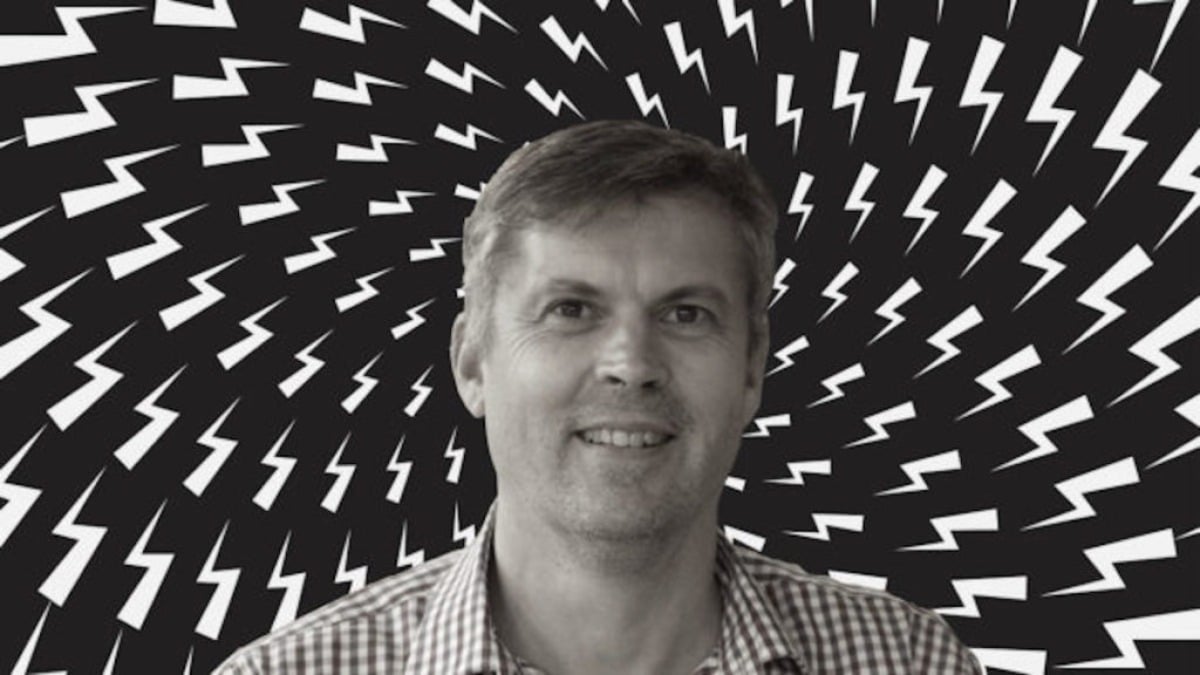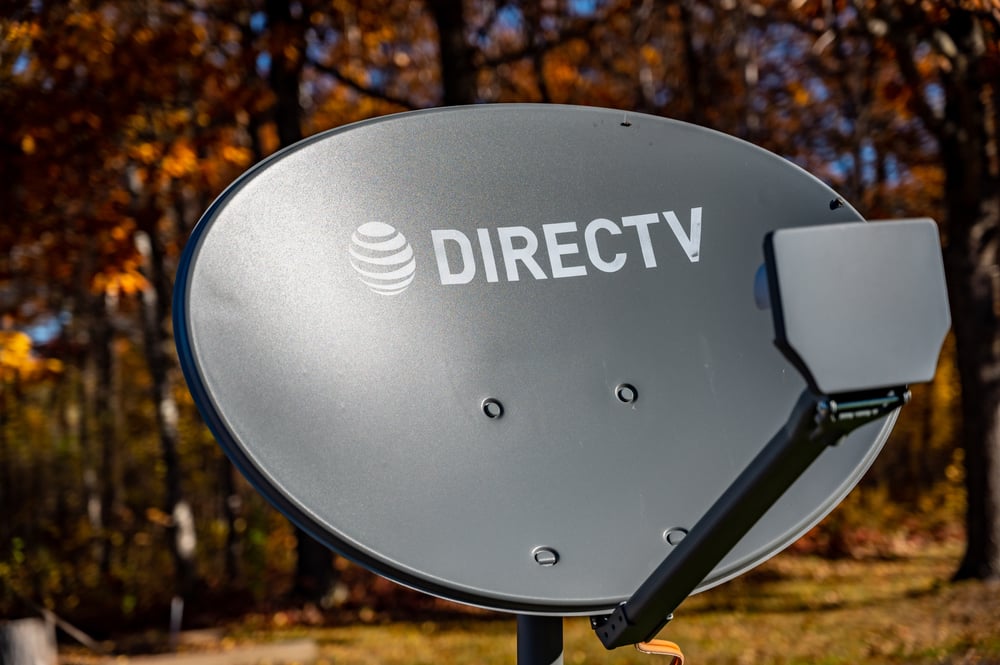Stem-cell therapies promise to revolutionise treatments for a range of diseases including graft-versus-host disease (GvHD), osteoarthritis, wounds treatment and fibrotic maladies.
More than 1,200 stem cells trials have taken place over the last decade, covering 300 indications, but approvals have been elusive.
One enduring problem is obtaining enough of the precious cells from donors to service patients in a cost-effective manner. The quality of cells also varies from donor to donor.
Cynata Therapeutics (ASX:CYP) is the only clinical-stage company in the world trialing induced pluripotent stem cells (IPSCs), from which the healing agent –mesenchymal stem cells (MSCs) – is derived.
IPSCs promise to produce a limitless number of high quality and high potency doses from a single donor.
Cynata is based on its “revolutionary” stem-cell manufacturing platform, Cymerus. “It’s a real game changer as to how these therapies can be produced at scale,” says Cynata chief Dr Kilian Kelly.
“The major obstacle to commercialisation has been that standard manufacturing methods require ongoing new donors. That approach is associated with ongoing challenges of potency, consistency and scale.”
After its trial enrolments were hampered by the pandemic, Cynata is getting to the pointy end with four trials underway, with three of them reporting between late this year and early 2026.
The studies cover GvHD, Cynata’s quasi-lead indication, knee osteoarthritis, diabetic foot ulcers and kidney transplants.
Getting to the bottom of Cynata
Cynata back-door listed in October 2013, via the shell of green nappy maker Eco Quest.
The Cymerus platform stems from the University of Wisconsin-Madison, the centre of US stem cell research.
The university’s Prof Igor Slukvin co-founded Cynata, with the aim of licensing the technology from the Wisconsin Alumni Research Foundation.
In June 2023, Cynata’s chief operating officer, Dr Kelly, became CEO, with incumbent Dr Ross Macdonald having retired after 10 years in the job.
Dr Kelly had senior roles at influenza drug house Biota and stem-cell peer Mesoblast.
In late 2019, Cynata forged an alliance with Fujifilm, which involved Fujifilm funding the development of CYP-001 (the GvHD therapy) in return for the global selling rights.
But Fujifilm decided to emphasise its own cell manufacturing and the rights reverted to Cynata in 2021.
What’s the problem?
The conventional stem-cell cultivation process involves obtaining donated tissue such as bone marrow and isolating the mesenchymal stem cells (MSCs)and growing the cells in the laboratory (culture expansion).
The process starts with a small number of MSCs, but many more are needed to treat only one patient.
MSCs lose potency when they undergo culture expansion, which means new donors are constantly required.
“When bone marrows are used a source of stem cells, the big limitation is that only a certain amount of product can be made from one donation,” Dr Kelly says.
A single dose requires around 200 million MSCs.
“People will debate what the limit is – a few hundred doses might be able to be made from the one donation, or a few thousand,” Dr Kelly says.
“But that’s kind of irrelevant, because for a common condition you will need to make more than a few thousand doses.”
One research paper suggests IPSCs can multiply by 10 to the power of 72 – an amount well beyond the capacity of your columnist’s calculator.
Seeking a better GvHD therapy
Cynata’s completed phase I trial was the first time any patient had been treated with IPSC-derived MSCs – their own cells or otherwise.
GvHD occurs when transplanted bone marrow material rejects the body (this is the opposite to usual organ transplants, when the body does the rejecting).
The phase I results compared well with separate (non-Cynata) phase III trial results for the Novartis kinase inhibitor drug ruxolitinib (brand name Jakafi or Jakavi), approved for sale in the US for acute steroid-resistant GvHD.
The bottom line was that at 28 days the overall response rate for Cymerus was not much better than ruxolitinib, but at two months Cynata had a 73% overall response rate, compared with 40 percent for ruxolitinib and 22% for the best-available treatment (BAT).
At 18 months, overall survival for Cynata was 60%, compared with 38% for ruxolitinib and 36% for the BAT.
Phase II trial enrolment of 60 patients with high-risk acute GvHD is expected to complete by the end of 2024, with results in the second half of 2025.
The company has ‘orphan’ drug designation in the US for GvHD, which confers benefits such as seven years’ marketing exclusivity post-approval.
Dr Kelly says it’s possible that the drug could win approval in the US without a phase III effort because it is a rare disease with a significant unmet need.
Knees …
An ongoing phase III trial for moderate knee osteoarthritis sufferers is being carried out at two sites, overseen by the University of Sydney and aided by a $2 million grant from Australia’s National Health and Medical Research Council (NHMRC).
The investigator-led trial was at the volition of Prof David Hunter, rheumatologist and professor of medicine at the University of Sydney and Royal North Shore Hospital.
Dubbed Sculptor, the 320-patient, double-blinded, placebo-controlled trial will assess the effect of injected Cymerus over two years, the co-primary endpoints being patient-assessed pain reduction and reduced cartilage loss.
Three injections are administered directly to the joint, with the second one after three weeks and the third after a year.
The patients are not about to have a knee reconstruction – but they are likely to need one without intervention.
The trial is fully recruited, with the last patient visit slated for late 2025 and results due in 2026.
Dr Kelly says the researchers are looking for a disease-modifying effect, based on the anti-inflammatory properties of the MSCs.
“We don’t except the MSCs to regrow cartilage, but by addressing the inflammation we can stop the further degeneration of the cartilage,” he says.
“If we can stop the degeneration and manage pain and inflammation, that’s good enough.”
… and kidneys
Given the ability of stem cells to prevent solid-organ rejection, the Liden University Medical Centre in the Netherlands is conducting (and funding) a Cymerus kidney transplant trial.
“This one is approved and ready to go with enrolments under way soon,” Dr Kelly says.
Results from the first cohort are expected early next year.
Current anti-rejection (immune suppressant) drugs are extremely toxic and – ironically – cause kidney damage and increase the risk of cancer.
In other words: not ideal.
… and diabetic foot ulcers
In the case of diabetic foot ulcers, Cynata has a novel product that combines its stem-cell therapy with a wound dressing.
The latter was licensed from the private Adelaide company Tekcyte in 2021 but in July, Cynata acquired the relavent IP from Tekcyte for a payment of shares worth $230,000.
For the ongoing phase I trial of 30 patients, dubbed CYP-001, the company released data from the first eight patients after 10 weeks’ follow up.
“We saw really encouraging results, a median reduction of more than 88 percent in the active group compared with 51 percent for the control group,” Dr Kelly says.
“We are hoping to see a similar pattern when we see the full results [from all patients] late this year or early next year.”
The company will seek to partner the program.
Will donors be needed at all?
In a separate development, Murdoch Children’s Research Institute (MCRI) researchers have developed stem cells that closely resemble human blood stem cells.
The MCRI’s Prof Elizabeth Ng said the development paved the way for these laboratory-grown cells to be used in blood stem cell and bone marrow transplants.
By taking blood stem cells from the same patient, it is hoped that GvHD can be avoided.
“The ability to take any cell from a patient, reprogram it into a stem cell and then turn these into specifically matched blood cells for transplantation will have a massive impact on these vulnerable patients’ lives,” she said.
The work is at mouse study stage, with a human trial expected in five years.
Dr Kelly says the news validates the use of IPSCs (which the researchers deployed).
Cynata’s work is also far more advanced.
“In the short term it doesn’t have any direct effect on Cynata, but it does validate that … IPSCs really are the way to make cell-based therapies.”
Finances and performance
At the end of June, Cynata had $6.2 million in the bank, enough to sustain the company until the second half of 2025.
Bear in mind Cynata does not cover the cost of the kidney and knee trials.
The company last went to the funding well in mid-2023, raising $7 million in a placement and share purchase plan at 21.4 cents apiece.
Dr Kelly says there are “various sources of funding for the company” including potential corporate partnerships.
Over the last 12 months Cynata shares have prevaricated between 11 cents (December 4 last year) and 34 cents (June 13 this year). They peaked at a five-year high of $1.71 in September 2019.
Dr Boreham’s diagnosis
So far, only one stem-cell therapy has been approved in Europe (for a complication of Crohn’s disease) and in Japan, Korea and India for GvHD. Mesoblast’s Temcell is approved in Japan for GvHD – the only marketing assent to date for the stem-cell stalwart.
In what would be a US first, Mesoblast expects approval of a therapy for paediatric GvHD, which accounts for 10% to 20% of cases.
Cynata, not surprisingly, is angling for the rest.
While Cynata’s GvHD program has grabbed most of the attention in recent years, it’s the smallest indication in terms of potential value.
Citing various research sources, the company appraises the GvHD market at US$600 million ($A880 million), compared with US$9.6 billion for diabetic foot ulcers, US$5.9 billion for kidney transplants and a monstrous US$11.6 billion for knee osteoarthritis.
Misty-eyed, long-term, Cynata investors might recall that Sumitomo in 2019 made a provisional $2 a share cash bid for the company, which was not progressed.
Five years later and considerable clinical advancement later, the company is worth only a fraction of that.
Bugger!
The glass-half-full stance on Cynata is that only one of the four trials has to hit the jackpot for the company to be worth closer to the value of Mesoblast – circa $1 billion – rather than its current humble worth.
“This is an incredibly exciting time for the company,” Dr Kelly says.
“Each of these trials is important in their own right because they can show the potential for MSCs to fulfil a huge unmet need.”
Cynata at a glance
ASX code: CYP
Share price: 21 cents
Shares on issue: 180,676,271
Market cap: $37.0 million
Chief executive officer: Dr Kilian Kelly
Board: Dr Geoff Brooke (chair), Dr Kelly, Dr Paul Wotton, Dr Darryl Maher, Janine Rolfe
Financials (year to June 30, 2024): revenue nil, loss of $9.74 million ($14.27 million deficit previously), cash of $6.2 million (down 61%)
Identifiable major holders: Phillips Asset Management (Bioscience Managers Translation Fund) 13%, Fidelity Investment Management 10%, Fujifilm 4.5%, Kenneth Wilson 1.97%, Aily Lamb 1.3%, Ross Macdonald 1.1%
Dr Boreham is not a qualified medical practitioner and does not possess a doctorate of any sort, which is a bit of a bugger.
This column first appeared in Biotech Daily
The post Dr Boreham’s Crucible: This stem cell and regenerative medicine firm has four shots at the jackpot appeared first on Stockhead.






















